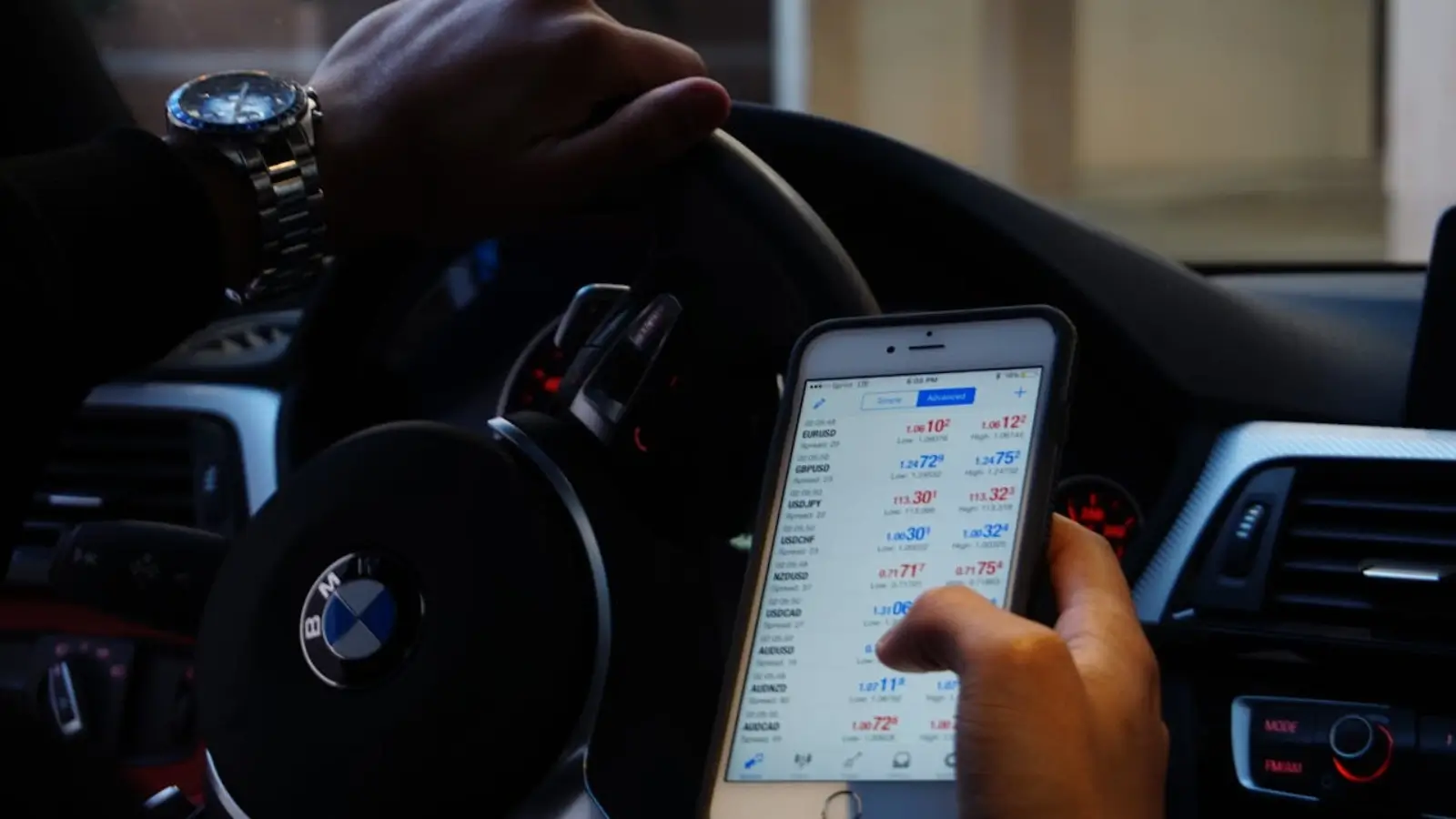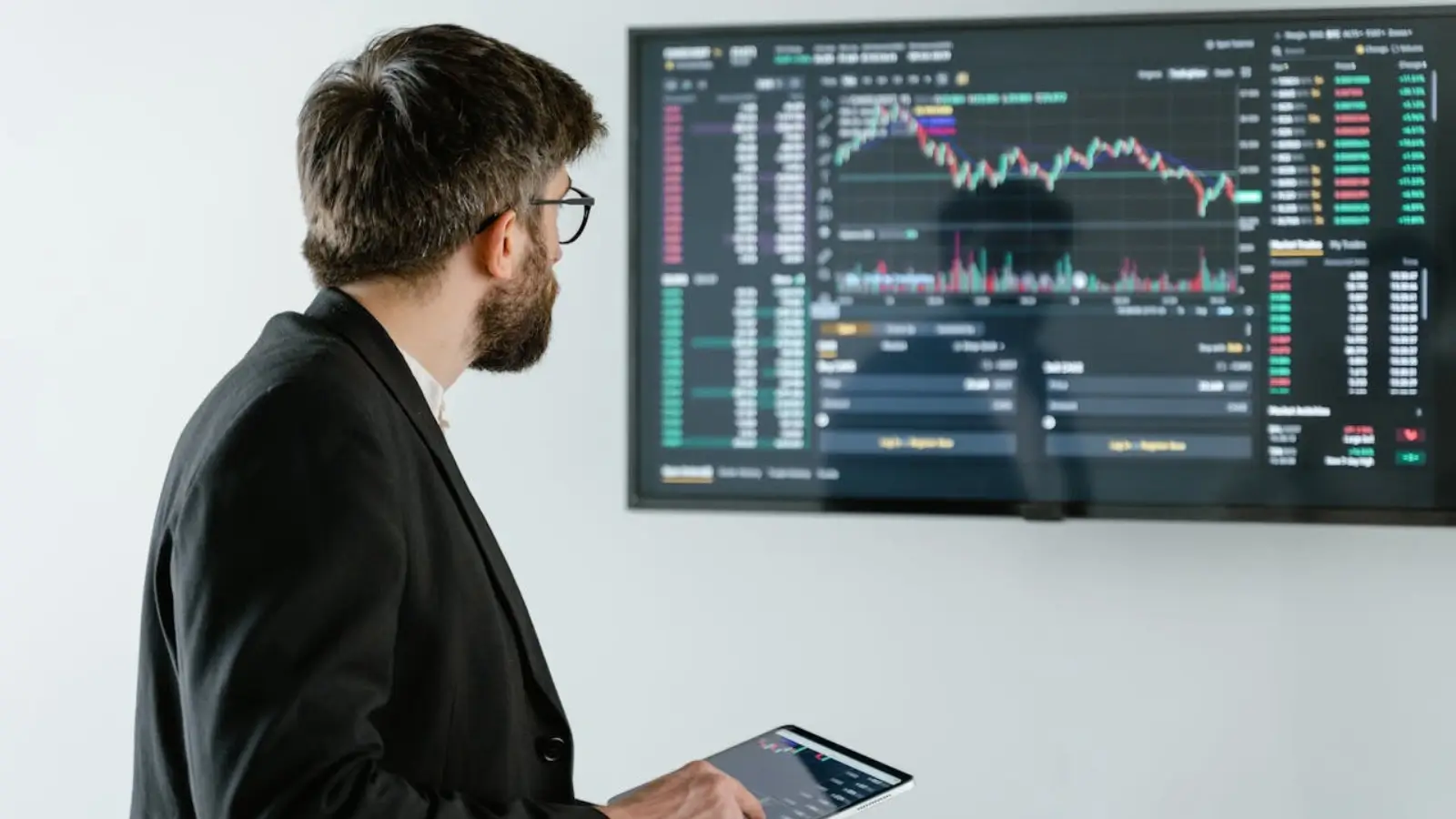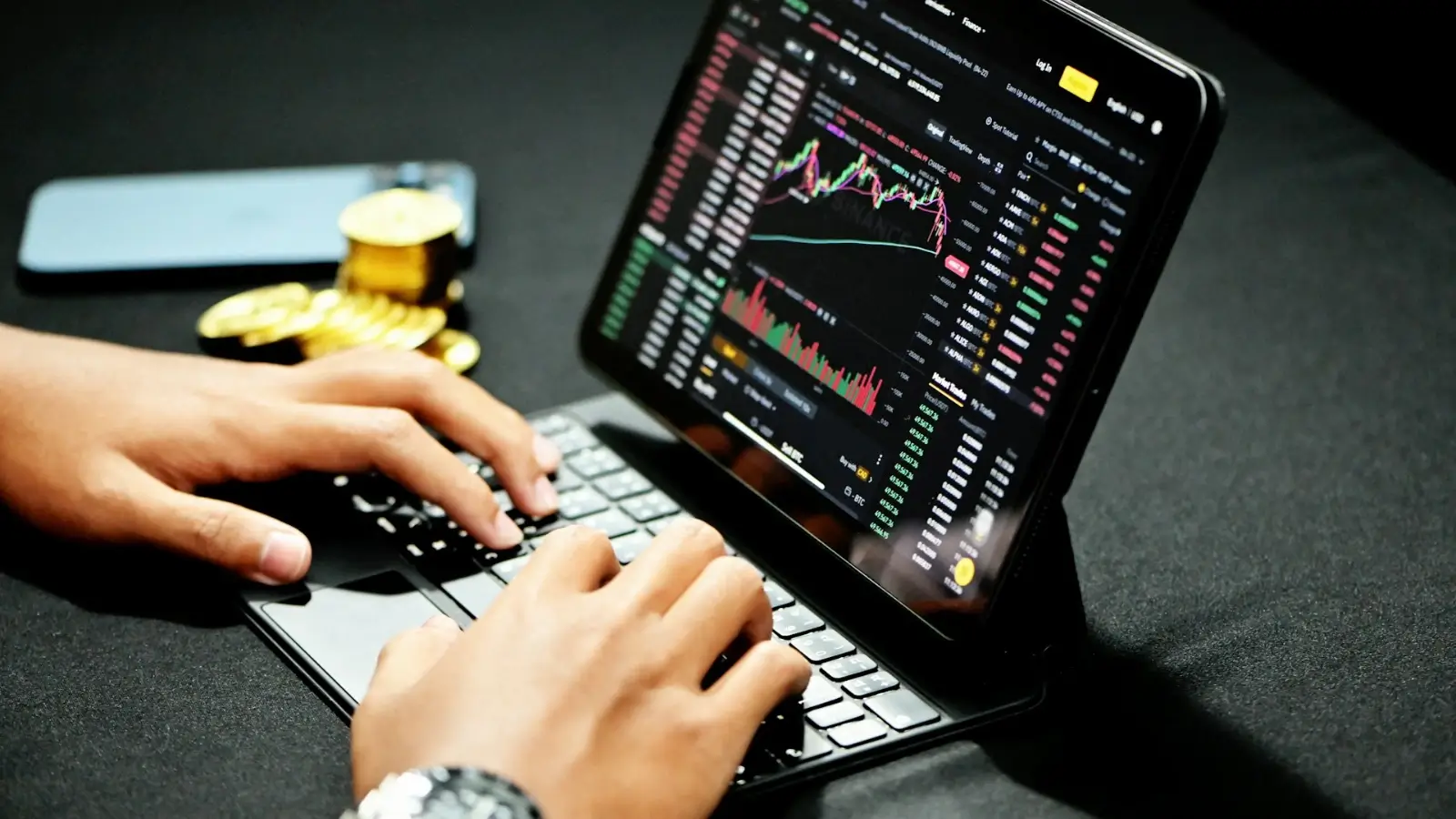Diving into Forex and CFD trading can feel overwhelming at first. There’s new jargon, strategies, and risks to learn before you can make confident moves in the market.
But the good news? Once you understand the building blocks, things start to click.
This guide breaks down 10 essentials every new investor should know without the fluff or confusing technical talk.
The Fundamentals You Need to Know
The world of trading moves fast, but the concepts behind it are surprisingly straightforward when you see them in plain language. Below are ten basics that form the foundation of Forex and CFD trading.
By familiarizing yourself with them, you’ll be better prepared to navigate opportunities while keeping risks in check. For those who want to dive deeper, exploring high-performance online CFD trading platforms and resources can provide extra clarity.
1. Leverage
Leverage lets you control a larger trade size with a smaller amount of money. Think of it as renting market exposure instead of buying it outright.
For example, with 10:1 leverage, $100 can give you the impact of $1,000 in trades. Just remember: leverage magnifies both gains and losses.
2. Margin
Margin is the portion of your account balance set aside to keep a trade open. If your balance dips too low, your broker may close the trade. A smart approach is to avoid tying up too much margin so you have breathing room if the market shifts.
3. Spread
This is the difference between the buying price (ask) and the selling price (bid) of an asset. The tighter the spread, the less it costs you to open a position.
Keep in mind:
- Wide spreads often appear during volatile times
- Tight spreads are common in highly liquid markets, like major currency pairs
4. Slippage
Slippage happens when your trade executes at a different price than expected, usually during fast market moves. It can work for or against you, so being mindful of trading during major news events is important.
5. Lot Size
A “lot” simply refers to the unit size of your trade. Standard lots equal 100,000 units of currency, but beginners often start with micro lots (1,000 units) to limit exposure.
6. Stop Loss
A stop loss is your safety net. It automatically closes a trade if the market hits a set price, helping you avoid larger-than-expected losses. It’s one of the simplest but most powerful risk-management tools.
7. Swap Fees
If you hold a position overnight, you may pay or sometimes earn a swap fee based on interest rate differences between currencies. These fees can add up, so it’s worth checking your broker’s schedule.
8. Liquidity
Liquidity refers to the ease with which an asset can be bought or sold without significantly affecting its price. The Forex market is known for its high liquidity, which is why spreads on popular currency pairs stay low.
9. Volatility
Volatility refers to the extent and speed at which prices fluctuate. While volatility can create trading opportunities, it also increases the risk of sharp losses. Having a plan in place before the market swings is crucial.
10. Risk-Reward Ratio
This ratio compares potential profit to possible loss. For instance, if you risk $50 for the chance to gain $150, that’s a 1:3 risk-reward ratio. Aiming for favorable ratios can help ensure that your winning trades outweigh the losing ones over time.
Wrapping It Up
Getting started with Forex and CFD trading doesn’t mean you need to master every detail overnight. Focus on these 10 basics, and you’ll already be ahead of many beginners who dive in unprepared.
With a clear understanding of these essentials, you’ll have a solid foundation to build on. From here, continue learning, practice on demo accounts, and gradually step into live trading with confidence.

















